A key component of the Bold Vision report was a set of recommendations for indicators to track over the life course of the initiative and that are in alignment with the Bold Vision framework. The Bold Vision framework, includes four domains: Positive Youth Development, Healthy Built Environment, Youth Power, and Systems Impact. A foundational component of the framework is community organizing and power building and BIPOC youth thriving is at the framework’s center. The selection of Bold Vision’s indicators was guided by an intentional and iterative process with research experts, community-based organizations, and youth. After reviewing hundreds of indicators, Bold Vision arrived at a final list that includes at least one north star indicator per domain along with a north start indicator for BIPOC (Black, Indigenous, and other people of color) youth thriving and community organizing and power building to track our progress toward thriving conditions for youth of color and a proposed list of process indicators to measure steps along the path. More information about the Bold Vision north star indicators is below.
Bold Vision North Star Indicator: BIPOC Youth Thriving
Bold Vision’s youth thriving indicator is meant to be the key measurement of progress toward creating conditions for all youth of color to thrive, as assessed from the perspective of youth themselves. Bold Vision has developed a proposal to create a regular youth survey across Los Angeles County that would help track youth of color thriving, including recommendations on alignment with other surveys, and the frequency, scale, and methods by which the survey should be assessed.
Community Organizing and Power Building North Star Indicator: Grassroots Organizing and Base Building Organizations
The north star indicator for community organizing and power building is grassroots organizing infrastructure – as measured by the number, location, and budget of grassroots and base-building organizations. Strong, well-funded organizations are the backbone of people of color power-building and advocacy; a robust network stretching to every corner of the county, and reaching every currently-marginalized community, will indicate that the goals of the policies in this category have been met.
Positive Youth Development North Star Indicators: Youth Connection and Overall Health Status
The clearest measure of where our youth development systems are failing youth of color is looking for where they become “disconnected” – meaning they are neither enrolled in a school nor working a job. We cannot allow these youth to fall through the cracks for any reason, and they deserve reformed systems that promote their education, connect them to quality work, and support their physical and mental well-being. Similarly, health issues too often take youth off-track, delaying their development and transition to thriving adults, so this north star includes caregiver’s assessment of their health. Measuring these indicators will allow for an assessment of how our youth development systems are holistically working together to support L.A.’s youth of color.
Healthy Built Environment North Star Indicator: Community Well-Being Index
The built environment is complex, and therefore no single indicator can fully capture the multiple dimensions of work needed to create conditions for youth to thrive. The Community Well-Being Index combines indicators across multiple domains to present a comprehensive view of how sustained investment and advocacy can improve an unhealthy environment. Elements include exposure to pollution, access to jobs and parks, and food access. The index is still in development as we assess outliers and indicator correlation, as well as refine the geographic areas used for analysis.
Youth Power North Star Indicators: BIPOC Youth Civic Engagement and Vote
While voting is not the only way youth can exercise their power, it is an important marker, since it is a comparatively simpler way to have a say in public decision-making and most youth who are engaged in the deeper processes discussed above are also likely to vote when and if they are able. However, many youth are not eligible to vote, or justifiably do not view electoral politics as an arena for transformative change. In order to assess participation more broadly, civic engagement indicators looking to whether a youth has contacted a public official, discussed politics with friends or family, or participated in a political or issue-motivated boycott are included as a north star for the youth power domain.
Systems Impact North Star Indicators: BIPOC Youth with Probation or Child Welfare Involvement, Juvenile Arrests, and Deportations
The highest priority in this domain is reducing the number of youth of color who encounter the child-welfare, probation, juvenile justice, and deportation systems: even when these systems are reformed, the best case is still that sufficient resources and relationships exist in communities to support youth of color through moments of crisis. Tracking caseloads and the number of system-involved youth will directly measure the success of reforms aimed at reducing the footprint of these systems. This indicator will also highlight where caseload and bed reductions have created the possibility for equitable reinvestment of savings. Future work on this north star will include adding additional jurisdictions to the youth arrest indicator to increase its geographic coverage and refining the deportation indicator to include age.
Learn More
For more information about the Bold Vision indicators, including more details as to how the indicators were selected and more information about the process indicators, please read the Bold Vision final report.

